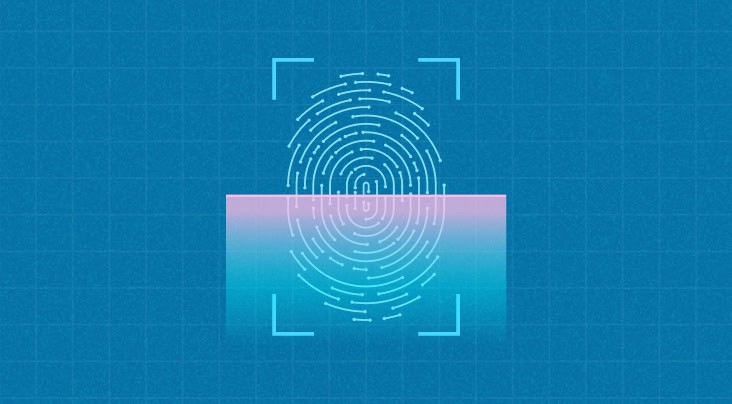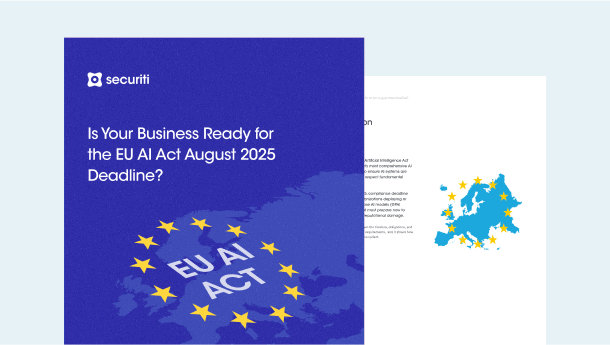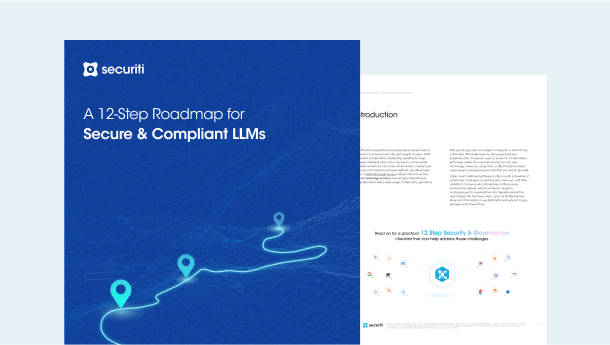What is HITRUST?
HITRUST, short for Health Information Trust Alliance, is a widely adopted framework and certification designed to help organizations manage their regulatory compliance and data protection activities, particularly in the healthcare sector. The HITRUST CSF (Common Security Framework) unifies and harmonizes requirements from various standards and regulations, such as the ISO 27001 & 27002, NIST CSF & RMF, PCI DSS, SOC2, GDPR, and HIPAA, to name a few, into a single, certifiable framework.
This integrated approach reduces the overall complexity of managing the highly fragmented compliance requirements per various standards and regulations, making it extremely valuable for enterprises that operate in a highly regulated sector, such as healthcare. In short, it offers an “assess once, report to many” solution that minimizes unnecessary duplication of efforts.
Originally developed to help healthcare organizations struggling with rigid HIPAA regulations, HITRUST has since expanded to include data+AI security for a multitude of use cases. Its appeal primarily lies in its scalability and rigor, with a structured and consistent methodology for demonstrating security maturity to regulators, partners, and customers. This is because it adopts a binary approach to objectives’ completion and regulatory compliance rather than vague outcomes in regulations such as HIPAA.
Moreover, it serves as a single source of assurance in contrast to the separate audits for each standard or regulatory requirement. Businesses can leverage HITRUST to both demonstrate and validate their security posture. Its effectiveness is readily apparent in its becoming more than just a best-practice benchmark and being elevated as a procurement requirement by organizations that wish to reduce their third-party risk.
What HITRUST CSF Certification Entails
HITRUST Framework is both risk and compliance-based. Consequently, there are different levels of assessments and certifications meant to cater to the varying needs and unique risk profiles of different organizations. These include the following:
- e1 (Essentials) Validated Assessment: An entry-level assurance 1-year certification based on 44 foundational security controls.
- i1 (Implemented) Validated Assessment: A more rigorous 1-year certification that covers approximately 187 controls representing leading security practices.
- r2 (Risk-Based) Validated Assessment: The "gold standard" of HITRUST certification is a 2-year certification that involves the most comprehensive and rigorous assessment. Controls are tailored based on an organization's specific risk factors and can range from around 200 to over 600 requirements.
- HITRUST AI Security Certification: A specialized add-on to a foundational HITRUST certification (such as the r2) that provides the highest level of assurance for an organization's AI systems. HITRUST AI Security validates specific controls designed to meet unique risks associated with AI, such as data poisoning, sensitive information disclosure, vector and embedding weakness, and prompt injection.
r2 Assessment
For the r2 assessment, organizational controls are evaluated against the following five maturity levels. Each level has its distinct requirement in terms of evidence:
- Policy: A formal, documented statement from management.
- Procedure: A documented, step-by-step process for implementing the policy.
- Implemented: Proof that the control is actually in place and operational.
- Measured: Evidence that the organization is testing and measuring the effectiveness of the control.
- Managed: Proof that the organization is actively managing the control and taking corrective action when issues are found.
Benefits of HITRUST Certification
The most important benefits of the HITRUST Certification to consider are as follows:
Streamlined Regulatory Compliance
HITRUST’s most vivid value proposition is how it simplifies the entire regulatory compliance landscape by integrating and mapping controls from several standards and regulations. Instead of having to devote resources to separate audits and assessments for each of these, organizations can leverage HITRUST’s CSF to demonstrate compliance for all these regulatory requirements simultaneously. The benefits of this include an immediate reduction in audit fatigue, minimal duplication of efforts and documentation, and above all, clarity in overlapping requirements.
This integrated and unified approach can be highly valuable for organizations that operate in a highly regulated environment. Through HITRUST’s “one framework, many mandates” model, compliance can be made future-proof and allow rapid adaptation without the traditional overhauling of existing controls.
Enhanced Trust & Competitive Advantage
The HITRUST Certification is recognized by enterprises, regulators, and business partners alike. Its reputation as a gold standard in information security assurance can help organizations that hold the valid certification signal their efforts in implementing robust, independently verifiable controls that are in full adherence to the highest standards of data protection. It can have immediate ramifications on an organization’s efforts to accelerate vendor onboarding, contract negotiations, and the entire due diligence process.
From a purely business perspective, HITRUST can also be leveraged as a competitive differentiator, as several enterprises across various sectors now require it as a prerequisite for doing business with them. Certification not only helps in meeting those expectations but cements an organization’s reputation as a trusted, security-conscious name.
Operational Efficiency & Long Term ROI
Although the certification process itself does require an extensive upfront investment, it more than delivers the appropriate dividends by providing long-term efficiency by reducing repetitive audits, streamlining the vendor risk assessments, and, most importantly, cutting down the overall financial costs and human resources involved in responding to multiple security questionnaires and compliance requests.
Moreover, HITRUST encourages and establishes a culture of accountability through its requirements of formal documentation, role-based responsibilities, and regular reviews of the controls and policies in place. With interim assessments and periodic reviews built into the cycle, businesses have a valid incentive to maintain high standards, reduce technical debt, and implement automation of the compliance process as much as possible.
Additionally, good governance can be a vital catalyst for innovation that leads to the development of sage and trustworthy AI at scale. Clear accountability structures, transparency, and oversight being embedded into the AI development process allow organizations to proactively identify and mitigate risks while also enabling regulatory alignment. In such contexts, good governance is no longer just a safeguard, but can be a strategic advantage when pursuing sustainable AI innovation.
How Securiti Helps
Securiti is a market leader in providing industry-leading solutions in data privacy, security, governance, and compliance. Its plethora of modules is designed to enable effective and reliable solutions to each organization’s distinct regulatory needs and requirements.
The data discovery & classification module allows for the classification of all sensitive data assets per the relevant parameters required by an organization as part of their regulatory obligations, as well as other best practices considerations. The Data+AI Command Graph provides contextual data intelligence in visualized form, elaborating the unique relationships between various data resources, environments, AI models, applications, and users.
The Data Access Intelligence Governance offering provides a comprehensive view of an organization’s data governance structure, particularly into the identities of the personnel and systems that have access to the sensitive data resources. Similarly, Securiti enables the safe ingestion of data along with AI firewalls that prevent any mishandling of sensitive data while also protecting against any and all cyber attacks that may occur against AI systems, such as indirect injection.
Moreover, the centralized dashboard offers granular and real-time insights related to all the aforementioned modules and more, enabling a comprehensive view of an organization’s regulatory posture, which in turn allows for instant remediation measures should anomalies arise.
Request a demo today and learn more about how Securiti can help meet your organization’s data+AI security requirements.







































